June 2019
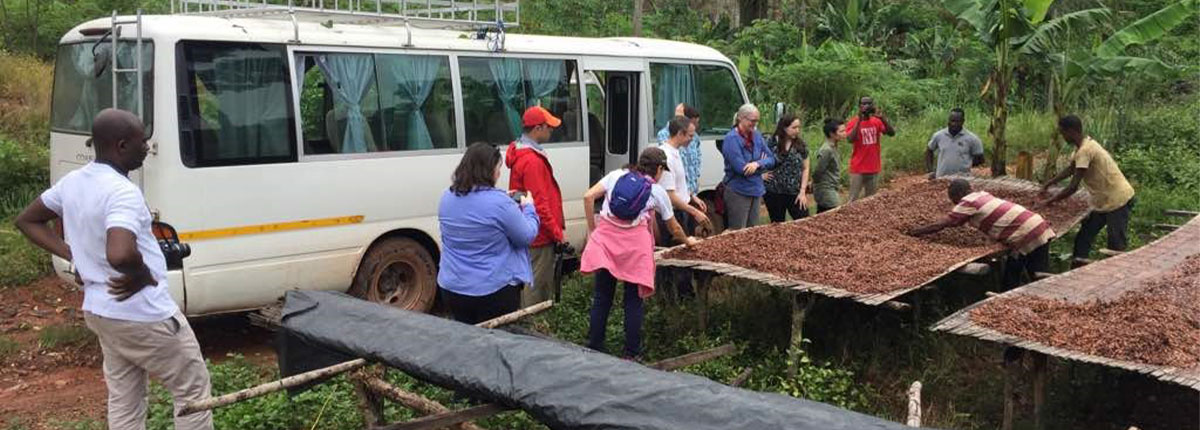
An Award-Winning Partnership in Ghana Strengthens Land Tenure and the Global Cocoa Supply
June 28, 2019
The vast majority of cocoa consumed in America comes from only two countries – Côte d’Ivoire and Ghana. What happens there has an outsized influence on America’s chocolate supply. Yet in Ghana, the supply has been under threat like never before, as up to 40 percent of cocoa farms suffer from low productivity, with many […]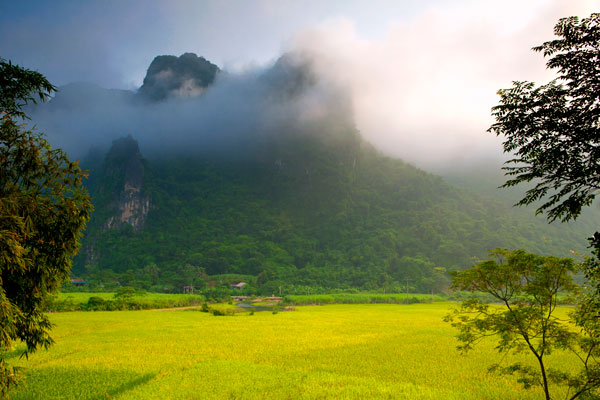
Engaging the Private Sector to Invest in Resilience
June 24, 2019
Over a quarter century since the United Nations Framework Convention on Climate Change (UNFCCC) was signed, we endure and brace for the intensifying impacts of rising global temperatures. While international climate negotiations crawl along, most people agree that we remain achingly far from the monumental changes needed to prepare for climate change. Beyond responding to […]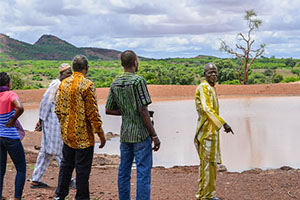
Winrock to Lead $39M USAID Water Security and Resilience Activity in Sahel
June 19, 2019
Winrock International’s Sustainable Water Partnership (SWP) will lead a groundbreaking $39 million USAID initiative to foster resilience and improve water security in one of the world’s most impoverished and vulnerable regions. The USAID Water Security and Resilience activity in the Sahel is part of USAID’s Resilience in the Sahel Enhanced program, which supports vulnerable communities […]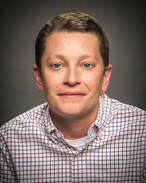
To the Class of 2019…
June 18, 2019
In the United States, May and June is graduation season, when America’s youth mark an important milestone in leaving behind known comforts and pursuing economic independence. The occasion is observed with platitudes from community leaders, politicians, business leaders and celebrities about seizing the moment, the endless opportunities ahead of them, and being the change they […]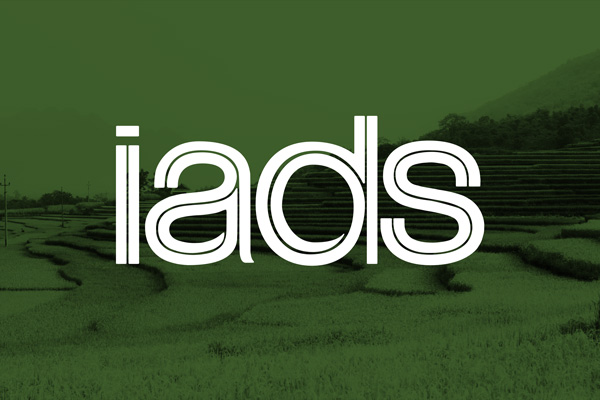
The International Agricultural Development Service
June 13, 2019
A Winrock Legacy Story The International Agricultural Development Service (IADS) was created by the Rockefeller Foundation in 1975 to build a bridge between agricultural research and practice in the developing world. In 1985, IADS, the Agricultural Development Council (A/D/C) and the Winrock International Livestock Research and Training Center merged to create Winrock International. We are grateful […]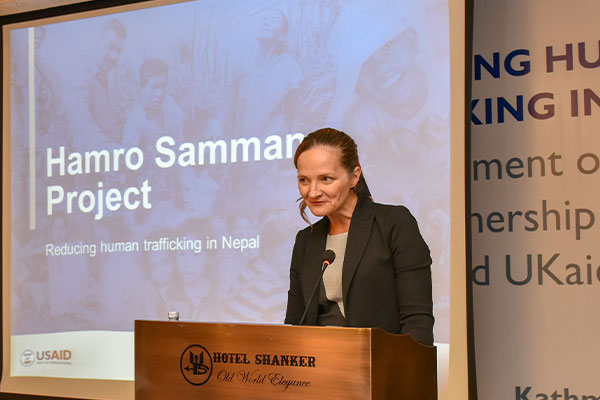
US and UK Partner to Combat Human Trafficking in Nepal
June 13, 2019
June 13, 2019 – Today, the development agencies of the United States and United Kingdom announced a partnership that will support the Government of Nepal in reducing human trafficking. This new partnership between the United States Agency for International Development (USAID) and the United Kingdom’s Department for International Development (DFID) will expand USAID’s ongoing Hamro […]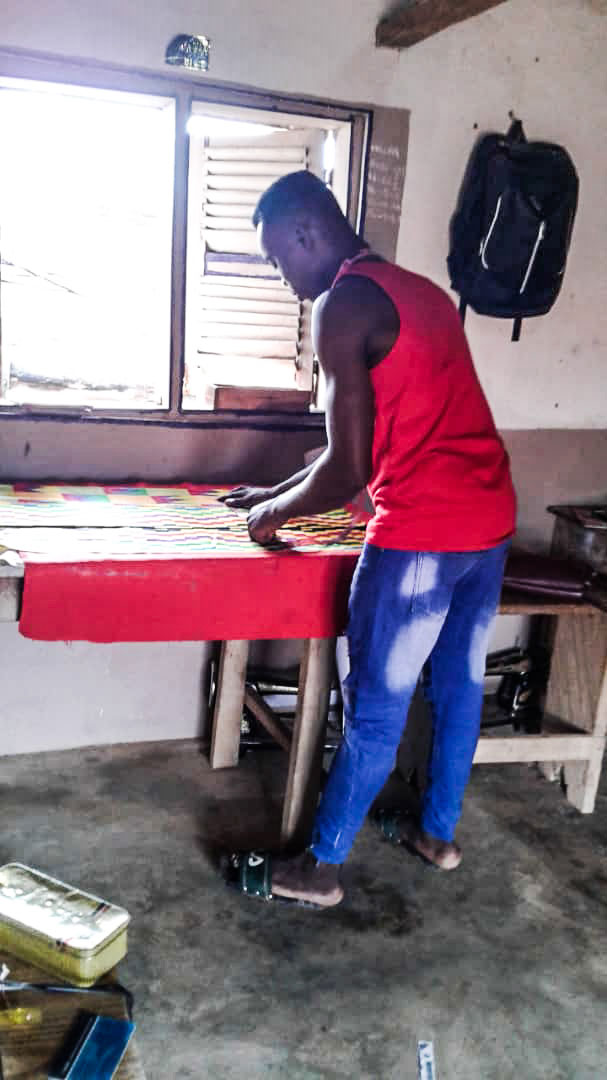
Tailor Made for Success
June 10, 2019
When John Ayivor of Kansakrom, Ghana, left junior high school, the last year of compulsory education in his country, his future looked bleak. As the eighth of 11 children born to poor cocoa farmers, Ayivor knew he would not be able to go to secondary school. He hoped to become a mason, but he had […]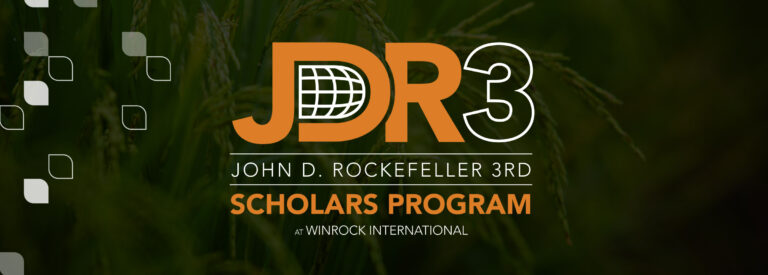
JDR3 Scholars: The Journey Forward
June 10, 2019
1. Can you tell us a bit about yourself and your research?My name is Dr. Armi Susandi from the Bandung Institute of Technology’s Department of Meteorology. In 2010, I got support from Winrock International to conduct a research study to develop a rainfall model that would provide extension agents and farmers with detailed information on […]
Staging a Brighter Future in Malawi
June 10, 2019
An angry father is pushing his two children into hazardous labor. “You should drop out of school, go to a farm and find work,” he says. Although they try to reason with him — “school is important,” they plead — they end up in the fields with a taskmaster of a boss. Luckily, there is […]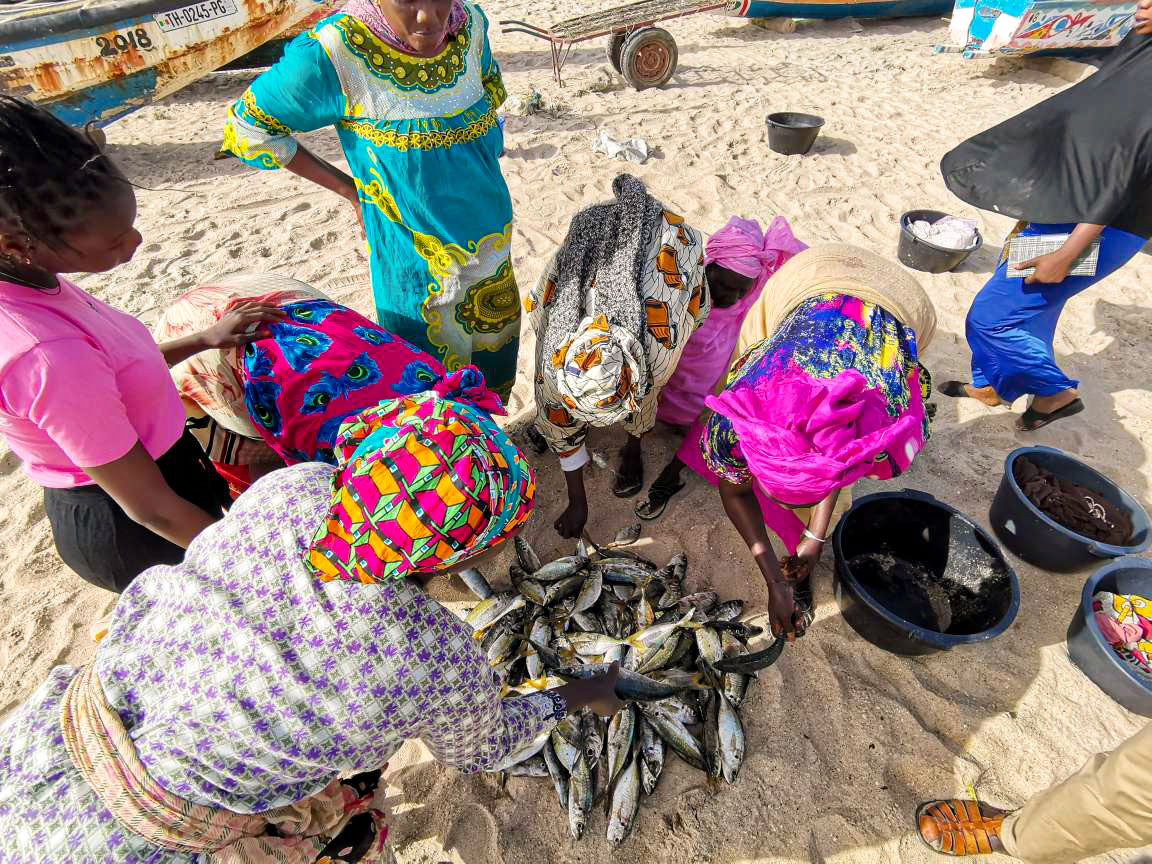
In Africa, Harnessing the Bounty of the Sea
June 5, 2019
I was eight years old when I saw the Pacific Ocean for the first time. It seemed so vast and limitless it was hard to imagine what was on the other side, let alone understand what an incredible resource it is. As a native of Minnesota, I grew up around a lot of water — […]